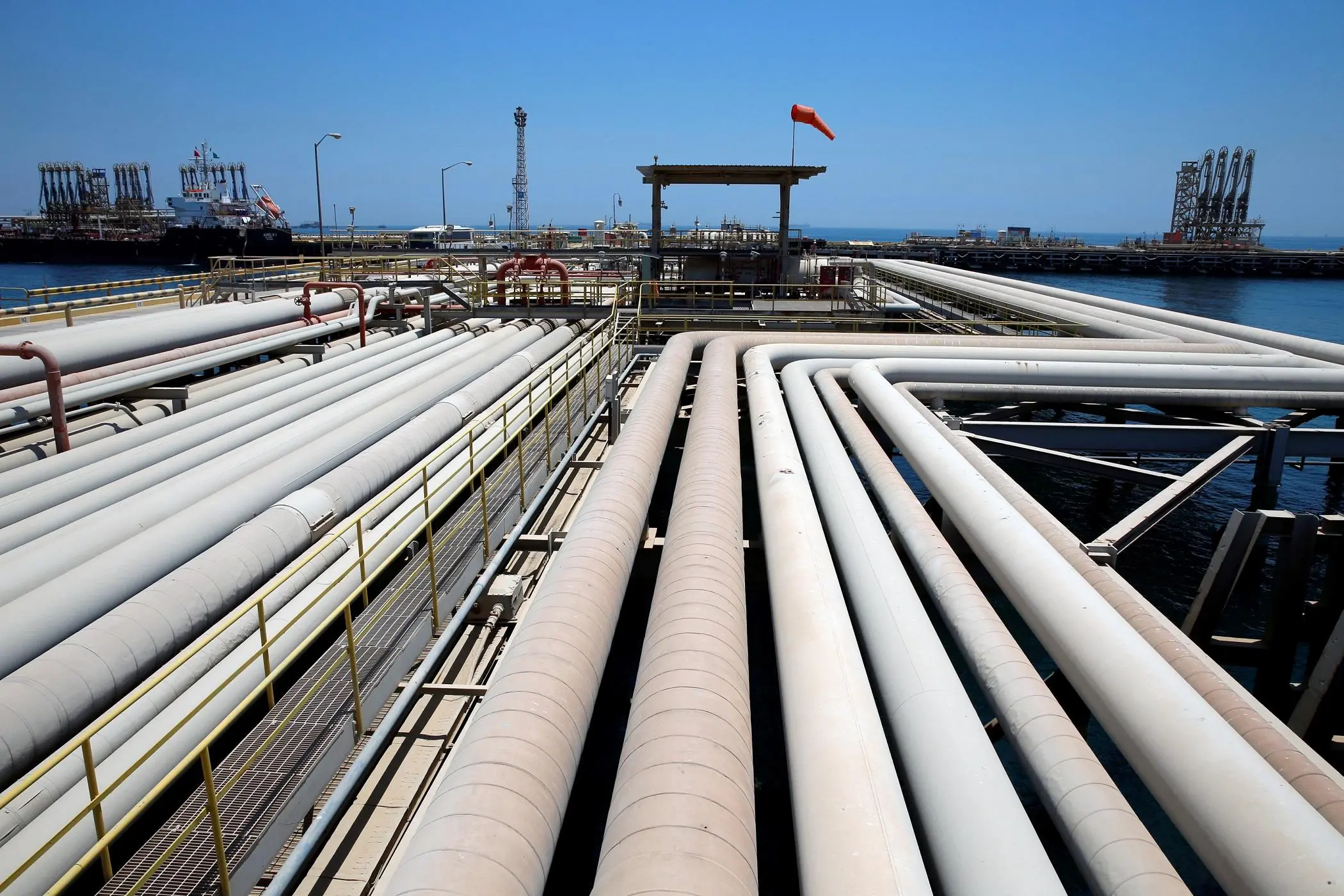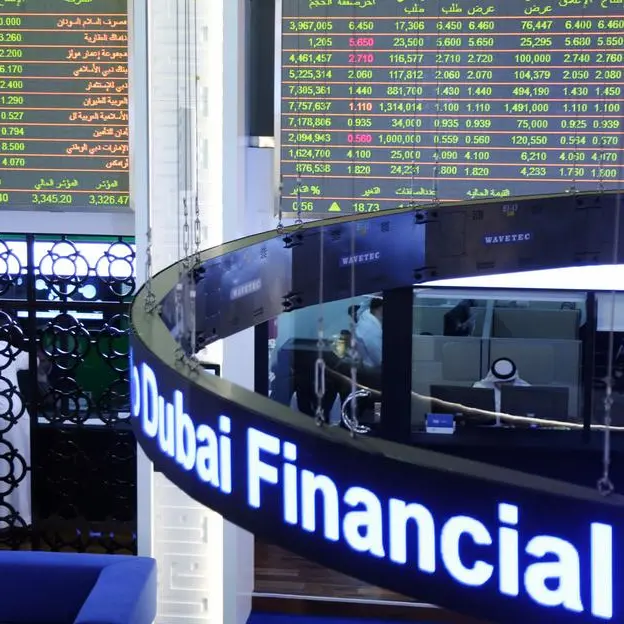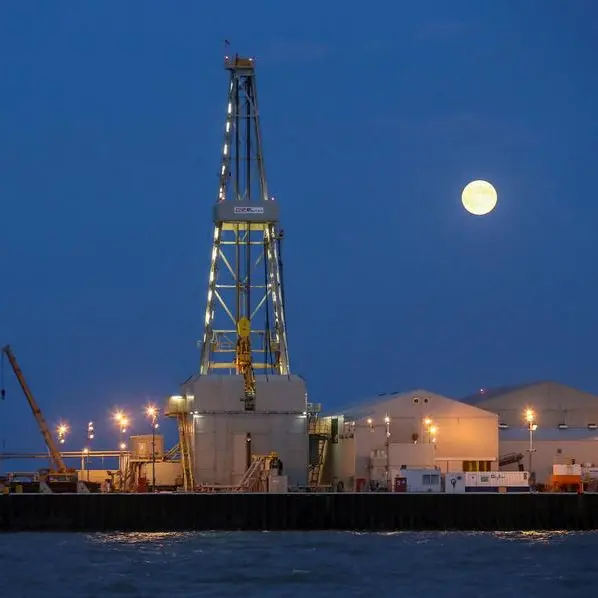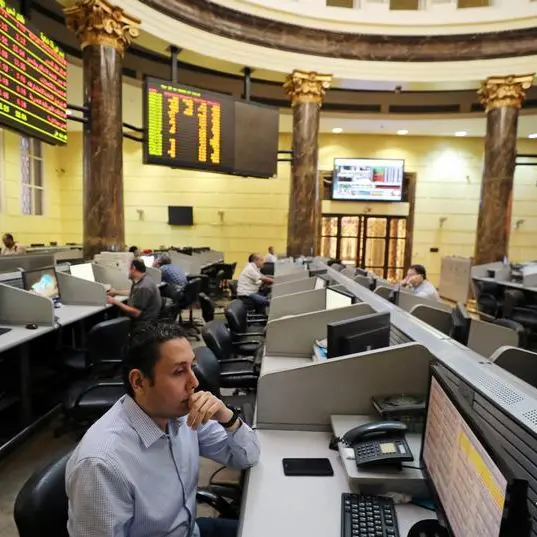PHOTO
Saudi Arabia will trump the United States to regain its position as the largest oil producer in the world owing to the record low oil prices with the ongoing Coronavirus pandemic, according to an energy analyst.
While the COVID19 outbreak has put the lid on the global oil demand growth for the foreseeable future, Saudi Arabia and Russia have boosted oil production following a disagreement over output cuts during an OPEC+ meeting early this month. As a result, the world will witness record low oil prices until 2025 forcing the US producers to curtail production, said the analyst from the 11-member Gas Exporting Countries Forum (GECF).
Dr Hussein Moghaddam, Senior Energy Forecast Analyst for GECF's Energy Economics and Forecasting Department, said a collapse of shale drilling would see the US production declining rather than growing.
"Saudi Arabia and Russia can tolerate lower oil prices, allowing them to increase their production. However, for the US we forecast that the country’s oil outputs will decline in a low oil price scenario and consequently the US will lose its position to Saudi Arabia as the world’s largest oil producer in the world,” he said in a report.
In its latest Monthly Oil Market Report, the Organization of the Petroleum Exporting Countries (OPEC) projects oil demand growth in 2020 at 60,000 barrel per day (b/d) from 2019. This growth compares to OPEC’s 2020 demand growth projection from a couple of months ago at more than one million barrel per day (mb/d).
The marked slowdown of demand growth, coupled with the break-up of the OPEC and non-OPEC supply adjustments as of April 2020, has had an effect on oil prices. At the time of writing on March 24, 2020, Brent was trading at $29 per barrel, which is $36 per barrel lower year-over-year.
Summing the current global scenario, Dr Moghaddam said the oil price has been declining and the oil market has been oversupplied by a combination of factors such as American frackers supplying shale oil in the United States and increasing conventional supply from countries, such as Brazil and Norway.
“On top of that, the impacts of the COVID19 outbreak collapsed the oil demand in main markets such as China and has therefore resulted in an excess of millions of barrels of oil. Consequently, industrial output has fallen sharply, resulting in depressed global economic growth,” he said.
The combination of economic slowdown, weak oil demand and oversupply by OPEC+ countries could prolong low oil prices, where Brent and WTI crude prices are prolonged at an average $35 and $32 per barrel respectively for the remainder of the year and sustained till 2025, according to the forecast.
Saudi Aramco, the kingdom’s oil producer, enjoys very low crude oil production costs at below $10 per barrel on average, which is a key element of the country’s oil industry structure and has a huge spare capacity to ramp up its production level, he said, adding that considering these low oil production costs, Saudi policymakers would opt to ramp up supplies from storage and possibly additional drilling to counterbalance revenues lost due to low oil prices.
Russian oil producers are in the same boat. The country has relatively low production costs due to its large green-fields at below $20 per barrel for the bulk of the oil production, said Dr. Moghaddam.
Also, the Russian finance ministry has stated that the country could withstand oil prices of $25 to $30 a barrel for six to 10 years.
The low oil price scenario, which is likely to continue in the mid-term, will affect the US oil producers. “The US tight oil producers’ financing relies mainly on debt markets so debt holders can affect decision-making in times of low oil prices,” said the analyst.
An important factor to consider is that the majority of the exploration and production companies in Texas and North Dakota (the headland of the US tight oil production growth) are expected to be hardest hit by an energy slowdown and will need a WTI price of above $50 per barrel to cover capital expenditures. Therefore, the US shale industry cannot afford current low oil prices, he added.
However, the continuation of the oil price volatility will push for green solutions as competition among the oil producers would rise. “Renewables will be seen as not only environmentally attractive, but also economically stable,” concluded the analyst.
(Writing by Syed Atique Naqvi, editing by Seban Scaria seban.scaria@refinitiv.com)
#SAUDI #OIL #COMMODITIES #MARKETS
Disclaimer: This article is provided for informational purposes only. The content does not provide tax, legal or investment advice or opinion regarding the suitability, value or profitability of any particular security, portfolio or investment strategy. Read our full disclaimer policy here.
© ZAWYA 2020












